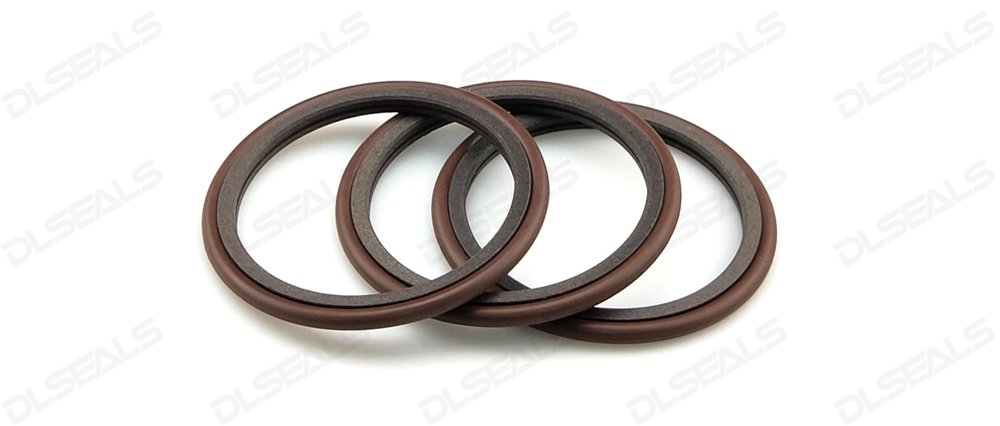When it comes to sealing applications, understanding the differences between static and dynamic seals is crucial. Each type of seal serves a distinct purpose and is designed to perform optimally under specific conditions. In this article, we’ll break down the key differences between static and dynamic seals to help you choose the right seal for your application.
1. Static Seals:
Static seals are designed to seal stationary surfaces where there is no relative motion between the sealing surfaces. These seals are commonly used in applications where two mating surfaces need to be sealed to prevent the leakage of fluids or gases. Static seals can be further categorized into various types, including:
Gaskets: Gaskets are used to create a seal between two stationary surfaces, such as flanges or covers. They are typically made from materials like rubber, cork, or metal and are compressed between the mating surfaces to create a tight seal.
O-Rings: While O-rings are commonly used in dynamic applications, they can also function as static seals when there is no relative motion between the sealing surfaces. O-rings are circular seals with a cross-sectional shape resembling the letter “O” and are typically made from rubber or elastomeric materials.
2. Dynamic Seals:
Dynamic seals are designed to seal surfaces that experience relative motion between them. These seals are used in applications where there is reciprocating or rotational motion between the sealing surfaces, such as hydraulic cylinders, pumps, and rotating shafts. Dynamic seals are subjected to more wear and tear compared to static seals due to the movement involved. Common types of dynamic seals include:
Piston Seals: Piston seals are used to seal the reciprocating motion of pistons in hydraulic cylinders. They prevent fluid leakage between the piston and cylinder bore, ensuring efficient operation of the cylinder.
Rotary Seals: Rotary seals, also known as shaft seals or oil seals, are used to seal the rotating shafts of machinery. They prevent the leakage of fluids or contaminants from entering the system while allowing the shaft to rotate smoothly.
Key Differences:
The primary difference between static and dynamic seals lies in their intended application and the movement of the sealing surfaces. Static seals are used on stationary surfaces where there is no relative motion, while dynamic seals are used on surfaces experiencing movement. Additionally, dynamic seals are designed to withstand the wear and friction associated with motion, whereas static seals are not subjected to these forces.
In conclusion, understanding the differences between static and dynamic seals is essential for selecting the right seal for your application. Whether you need to seal stationary surfaces or surfaces experiencing relative motion, choosing the appropriate seal type will ensure optimal performance and reliability in your sealing application.
Post time: Mar-30-2024

